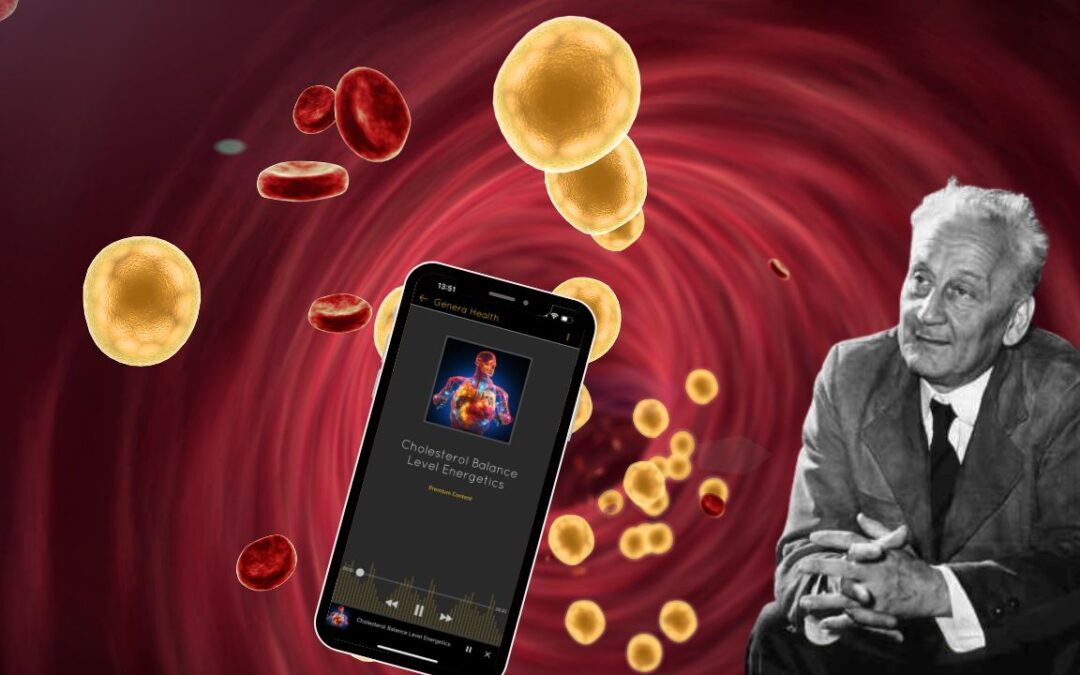Pulsed magnetic fields (PMFs) have gained attention for their potential therapeutic benefits, particularly in the modulation of blood lipid levels. A recent study has provided further insights into how the intensity and duration of PMF exposure affect cholesterol and triglyceride levels in rats, shedding light on the potential for non-invasive treatments for lipid disorders.
Background of the Study
Building on previous findings that showed a decrease in cholesterol and triglyceride plasma levels in rats after exposure to a 12 Hz, 6 mT PMF, researchers conducted a more detailed investigation into the effects of different intensities and exposure durations. The study, accessible via PubMed here, focused on a 12 Hz frequency at various intensities and lengths of exposure to understand the relationship between PMF conditions and lipid level changes.
Key Findings
The study observed non-linear relationships between the effects of PMF intensity and exposure duration on lipid levels:
- A 60-minute exposure to a 12 Hz PMF at either 1.5 mT or 12 mT intensity resulted in the most significant decreases in cholesterol and triglyceride levels.
- Varying the intensity and duration of exposure led to different impacts, suggesting that specific settings could be optimized for the most effective lipid reduction.
Comparative Studies
Additional research has compared these results with other studies involving different animal models and PMF settings:
- A separate study found that a 2-hour exposure to a 60 Hz, 2.4 mT PMF did not significantly alter total cholesterol or triglyceride levels in rats, though it did increase HDL (good) cholesterol levels after 48 hours.
- Another experiment exposed hyperlipidemic rabbits to a 15 Hz, 0.4 mT PMF for 10 hours daily over eight weeks, resulting in decreased levels of cholesterol and triglycerides and an increase in HDL cholesterol.
Implications and Future Research
These findings suggest that PMF therapy could be a promising non-invasive option for managing cholesterol and triglyceride levels. The variations in response based on frequency, intensity, and duration of exposure highlight the need for further studies to fine-tune the parameters for optimal therapeutic outcomes. Additionally, understanding the underlying mechanisms of how PMFs affect lipid metabolism will be crucial for developing targeted treatments.
In summary, the ability of pulsed magnetic fields to influence cholesterol and triglyceride levels in animal models opens up new avenues for the research and development of treatments for lipid disorders. The specifics of PMF application, such as intensity and duration, play critical roles in the efficacy of the treatment, warranting more detailed investigation to harness their full potential.

